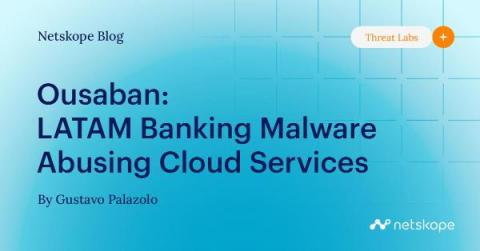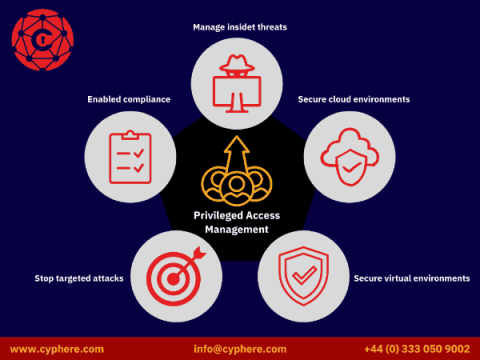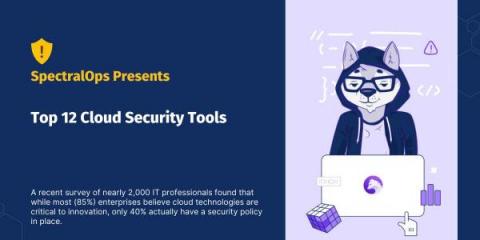Abusing Google Sites and Microsoft Azure for Crypto Phishing
Throughout 2022, Netskope Threat Labs found that attackers have been creating phishing pages in Google Sites and Microsoft Azure Web App to steal cryptocurrency wallets and accounts from Coinbase, MetaMask, Kraken, and Gemini. These phishing pages are linked from the comment sections of other websites, where the attacker adds multiple links to the phishing pages, likely to boost SEO and drive victims directly to these pages.











